
Experiential Learning | Research & Innovation | Community Impact | Career Preparation | Teaching Excellence | 21st Century Liberal Arts | Building Community | Good Vibes | CAS Spotlights | All Stories | Past Issues
Plumbing the Depths for 100 Years


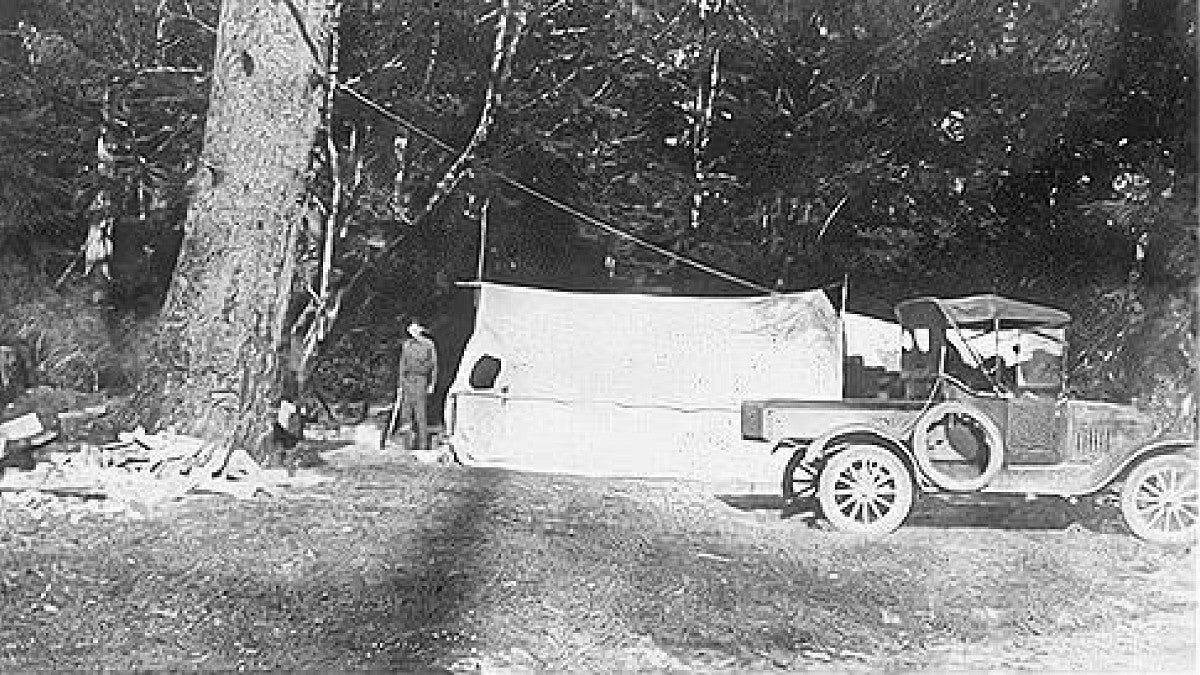
Something alarming is happening in the waters off the Oregon Coast.
The dense, oxygen-producing and carbon-sequestering kelp forests that once harbored vital ecosystems along the West Coast are disappearing, leaving behind “urchin barrens”—underwater wastelands blanketed with kelp-munching purple sea urchins.
Scientists from the Oregon Institute of Marine Biology are on it. For the past year, they’ve been investigating the disappearance of bull kelp forests in partnership with the Oregon Kelp Alliance (ORKA). With the help of a $900,000 grant from Congress, they conducted a statewide sampling and monitoring project along the entire coastline to determine the state of Oregon’s kelp forests.
“In Port Orford, which has historically been known as an area with a dense, beautiful kelp forest, the forest is now decimated. There’s no kelp there at all,” says Emily Vidusic, a dive technician who conducts underwater surveys with Aaron Galloway, an associate professor in the College of Arts and Sciences.
Now that the fact-finding mission is complete, the restoration phase begins. With another $2.5 million from the federal government, ORKA will spend the next two years culling sea urchin populations, introducing natural predators such as the sunflower sea star to keep kelp eaters under control, and transplanting young bull kelp to help regrow the undersea forests.
The project represents a joint effort between the University of Oregon, Oregon State University, the Oregon Coast Aquarium, the US Department of Fish and Wildlife, commercial urchin divers, Indigenous elders, and other stakeholders—and it’s just one example of how OIMB has collaborated with community partners over the past century to study and preserve the state’s marine life.
OIMB is celebrating its 100th anniversary Aug. 23-25 with a reunion of former students and faculty who have contributed to its mission throughout the decades. But even as it pauses to take a look back at its history and evolution—from an outpost near Sunset Bay where students used tents as laboratories to a thriving research hub in Charleston with a fleet of research vessels—the institute continues to innovate and grow, with new opportunities for students to get involved in marine research.
Since its inception in 2005, the marine biology major has grown to 385 students, with courses offered during spring, summer and fall terms. Beginning this winter, OIMB will expand its academic offerings through the interdisciplinary Oregon Abroad: Coastal Environments program, which will incorporate courses from the Biology, Anthropology and Earth Sciences departments, as well as the School of Journalism and Communication.
“For undergraduates, OIMB really gives them the opportunity to be totally immersed in their subject,” says retired instructor Jan Hodder, an OIMB alum who began as a student in the 1970s and later joined the faculty. “Because we’re a residential program, students have 24-hour access to the environment.”
From rocky shores to sandy beaches to the estuary where the Coos River meets the Pacific Ocean, OIMB offers access to a broad range of fascinating habitats that lure not only UO students but visiting researchers from other scientific and academic communities.
“Many places don’t have the diversity of habitats we have,” Hodder says. “And now that we have a new boat, they’ll have a lot more access to the offshore area.”
— By Nicole Krueger, College of Arts and Sciences

Building Community One Sea Creature at a Time
It’s part aquarium, part museum and part education hub. Charleston Marine Life Center, the public outreach arm of OIMB, partners with community organizations and fishers to help preserve and celebrate local marine life.
Latest Discoveries from OIMB
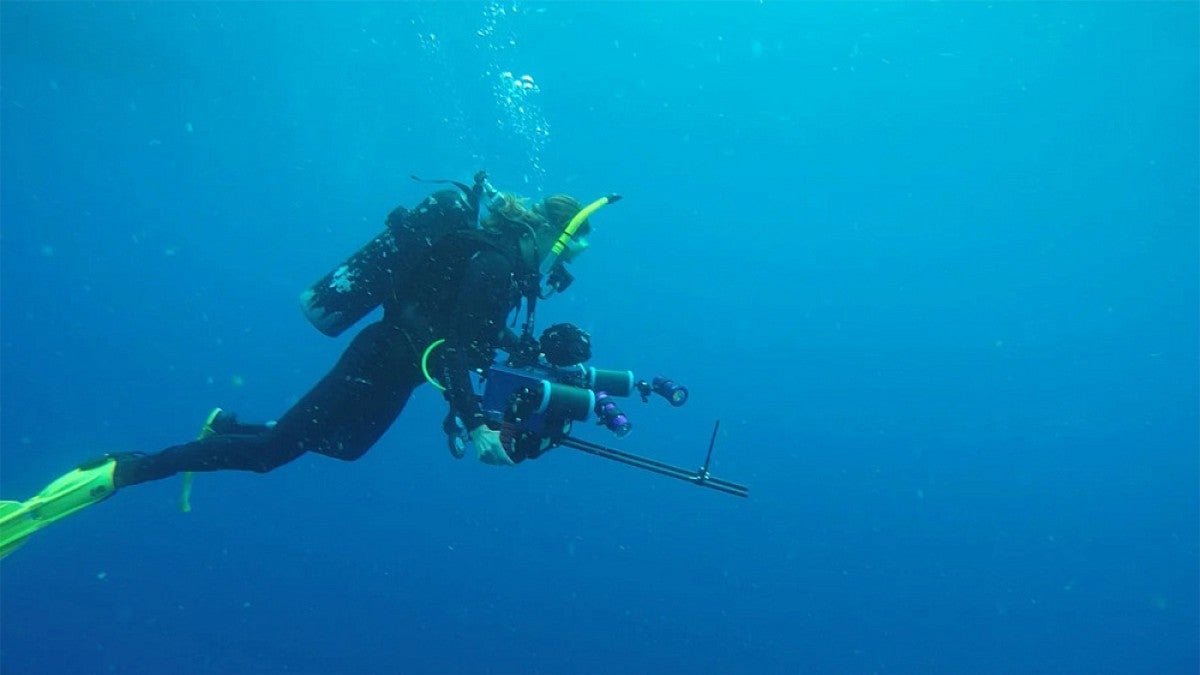
Jet-propelled creatures could improve ocean robotics
A study on jelly-like swimmers known as salps hints at new designs for underwater vehicles.
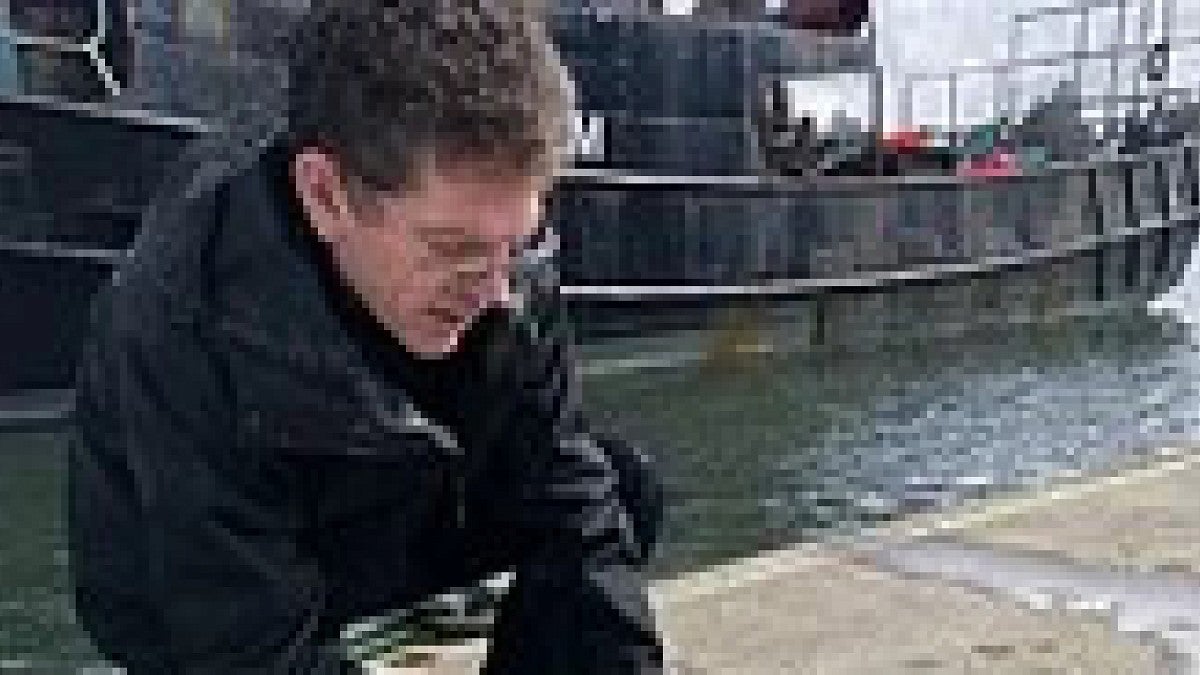
Tiny marine larvae survive by turning carnivorous
Many species of marine worm larvae engage in hunting behavior, UO researchers discovered.

A critter with a ‘snot palace’ may inspire better pumps
UO researchers have uncovered a unique kind of biological pump in a tiny filter feeder.
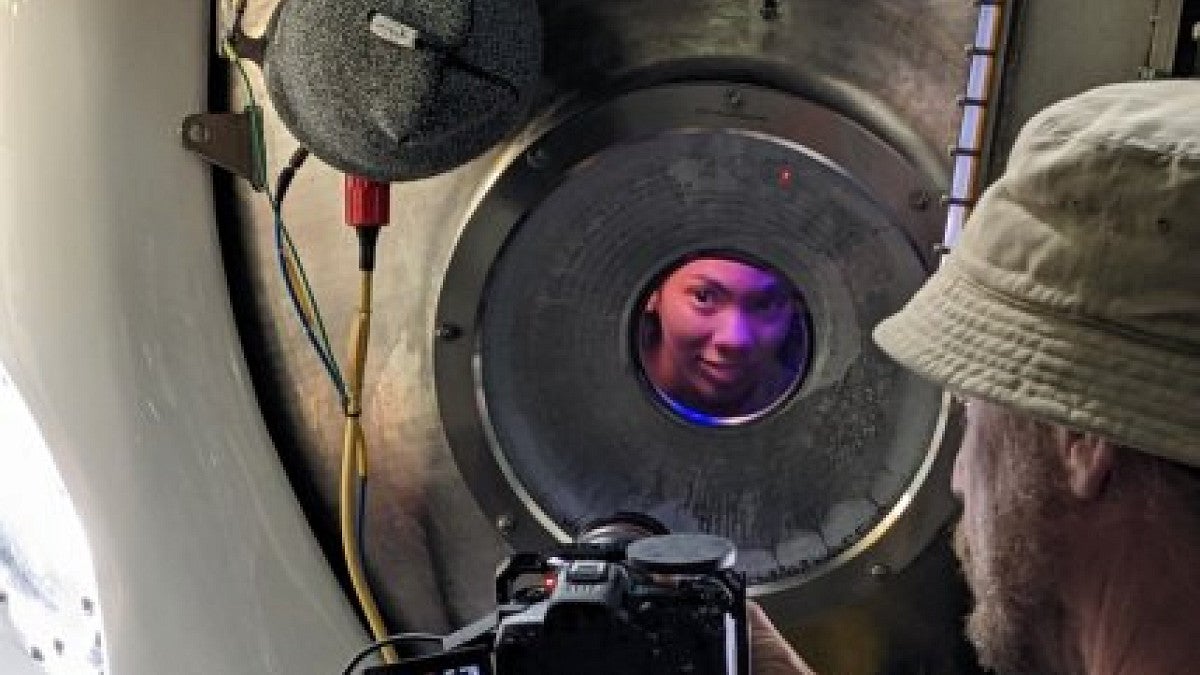
Little Larvae to Hit the Big Screen
Marine biology students searched the Atlantic Ocean for rare organisms that thrive without sunlight. An upcoming IMAX film will document their journey—and, they hope, inspire a new generation of women scientists.
Experiential Learning at OIMB
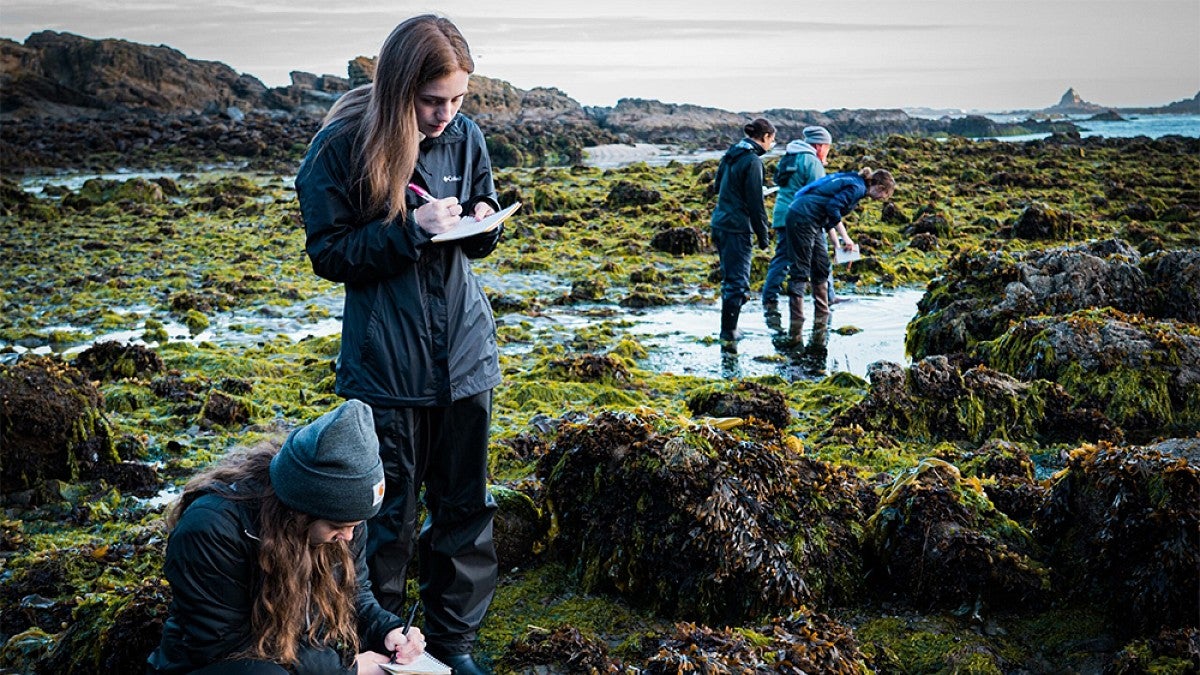
Marine biology students get their feet wet
UO's campus on the Oregon Coast is dedicated to experiential learning and student research.
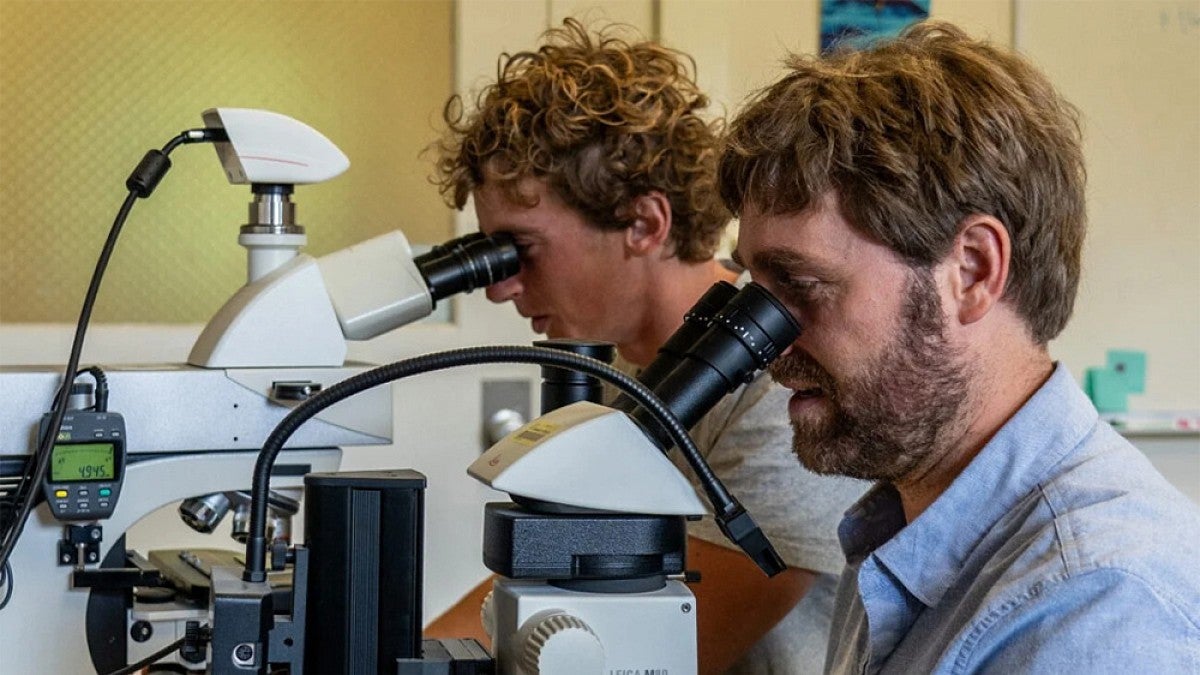
Undergrad researcher unearths explosive evidence
An OIMB cruise uncovered rare ash samples from an underwater volcanic eruption 62 miles away.
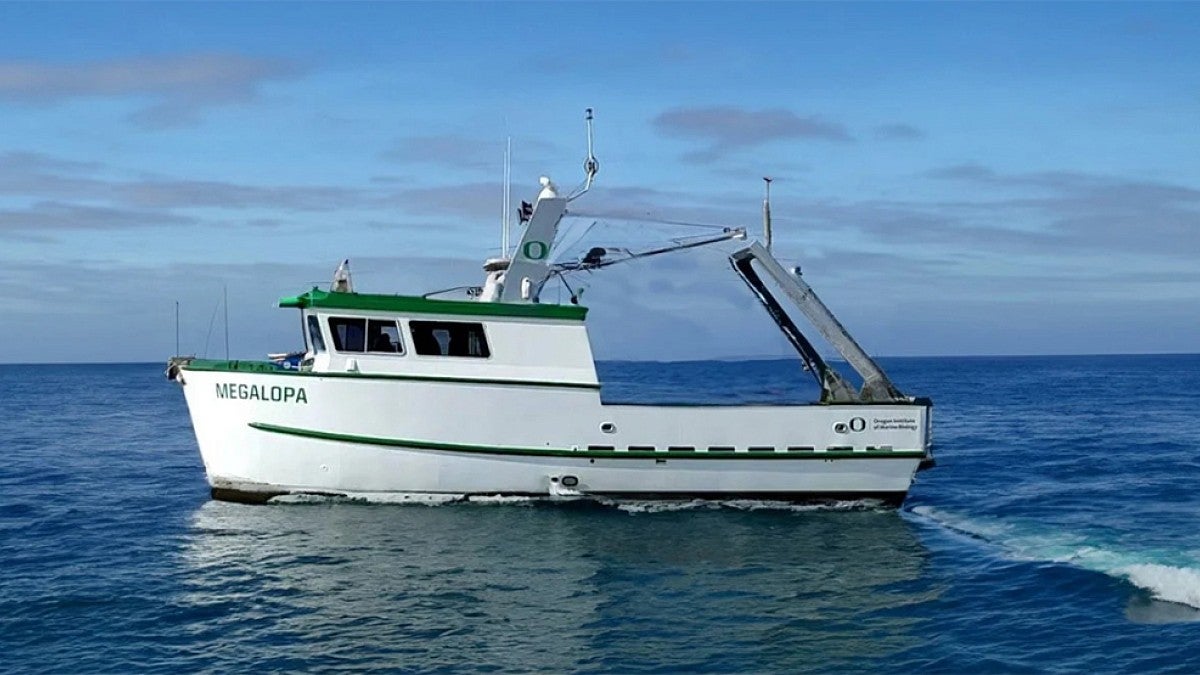
Explore the newest research vessel in OIMB’s fleet
The Megalopa will serve as a safer, faster and larger base for marine research and specimen collection.
